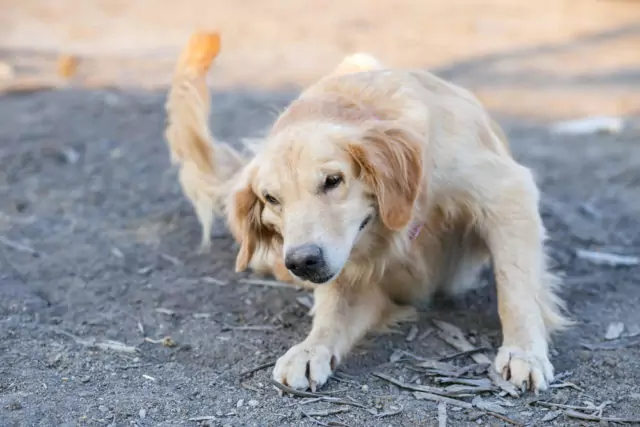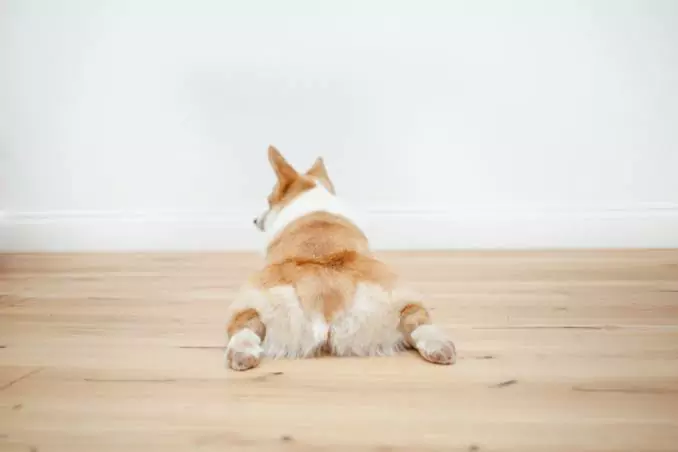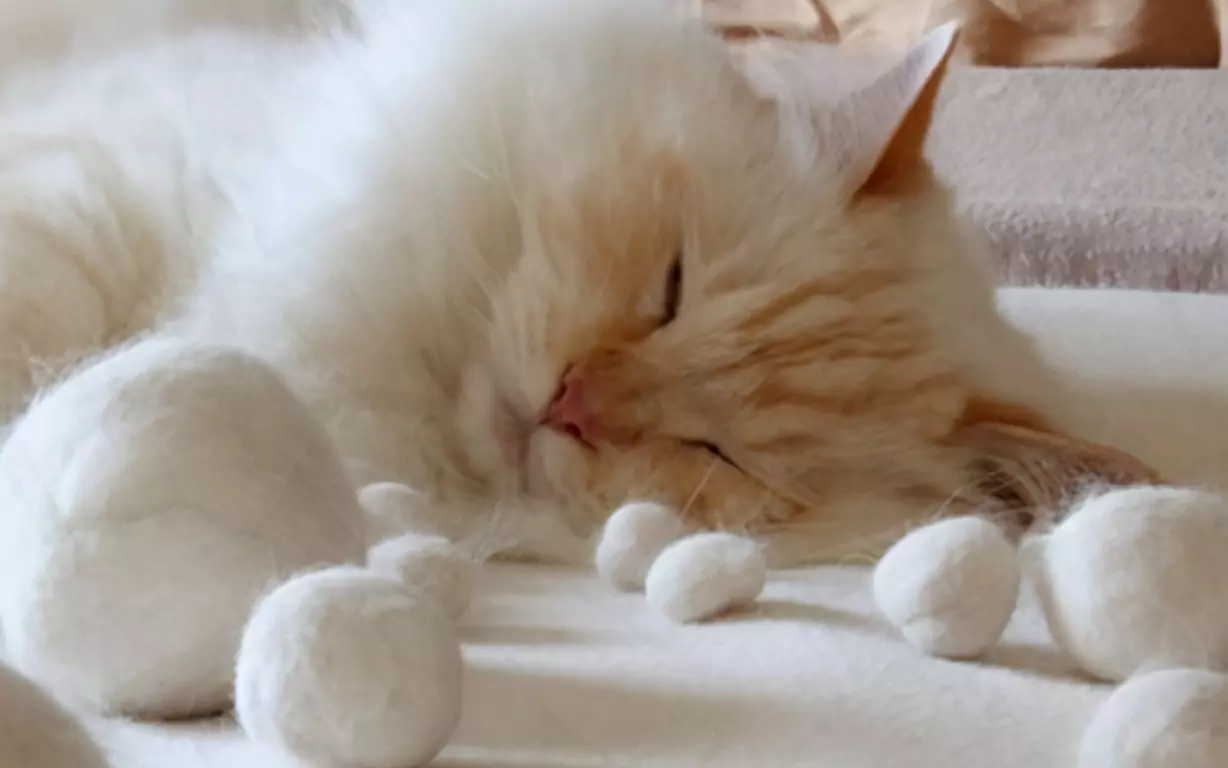What can kittens eat? Guide to daily feeding of adult cats
2022-06-22
What can kittens eat
1. Goat's milk
If your mother cat does not have enough milk to feed her kittens, the pet owner can feed the kittens some goat milk powder to supplement sufficient nutrition. The goat milk powder chosen for kittens must be special for pets.
2銆丆arrot
The role of carrots is somewhat similar to that of pumpkin. They both have the function of cleansing the intestinal tract. At the same time, carotene can prevent arteriosclerosis and maintain healthy blood vessels in cats.
3銆乊ogurt
Although many cats like milk very much, some cats are lactose intolerant, which can also lead to diarrhea after drinking milk. However, yogurt is a fermented dairy product in which lactose has been broken down into galactose. Cats can digest and replenish calcium by eating yogurt. However, do not feed the cat too much yogurt, which will make the cat picky and not eat the main food, which will eventually lead to malnutrition.
4銆丄pple
Kittens can also eat the apples we usually eat. Apples are rich in calcium, vitamin C, vitamin K and pectin and other nutrients. It is beneficial for kittens to feed them properly. It should be noted that when feeding apples to kittens, the core must be removed to avoid cyanide poisoning.
5銆丆ooked egg yolk
Egg yolks are a good tonic for kittens. Egg yolks are rich in protein, and kittens need more protein to grow. Feeding egg yolks is healthy and nutritious for kittens. In addition, egg yolks can make kittens' hair smooth and shiny. Although egg yolks are very nutritious, you should not eat too much or you will easily suffer from indigestion.
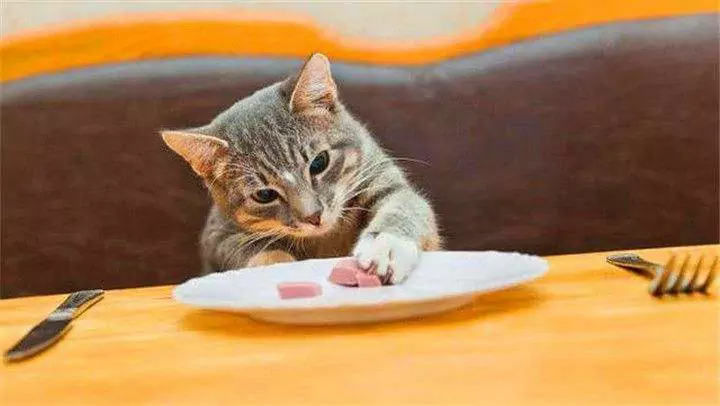
Be careful when feeding egg yolk
1. Not all cats can digest and absorb egg yolks, so they need to be fed a small amount first. Observe your cat's bowel movements the next day and then decide if they can feed egg yolks more often in the future.
2銆丷aw eggs may have some bacteria in them, so be sure to boil the yolk in clear water and feed only the yolk part.
3. Egg yolks have a high cholesterol content, so frequent feeding is not recommended. It is recommended to feed 2-3 egg yolks per week during the cat's growth period (6 months-1 year). after the age of 1 year, feeding needs to be reduced.
4銆丗ish
Fish can also be fed to kittens. Fish is rich in high-quality protein and taurine required by cats. It can not only supplement the kitten's nutrition, but also improve the kitten's night vision and promote the kitten's growth and development.
It should be noted that when feeding fish to kittens, you must pick out the fish bones and try to feed some freshwater fish meat. Don't let it eat too much salt and increase the burden of the cat's kidneys.
Daily feeding guide for adult cats
(1) Adult cats like warm and cooked food.
Cold and cold food not only affects the appetite of adult cats, but also easily causes digestive disorders in adult cats, so the food fed to cats should be warm.
In addition, food for adult cats should be cooked and fed. Cooked food can improve palatability, facilitate digestion and absorption, and prevent protozoan parasites, pathogenic bacteria and harmful toxic hazards, such as cats eating raw fish and meat that are susceptible to tapeworm infection.
(2) Adult cats do not require high energy content in grain.
Especially for de-sexed cats, the energy content is too high to be easily fattened. However, a high protein content is required, especially animal protein, which is important for adult cats to be physically strong and have a shiny coat.
(3) Cats should not be fed all-meat baits for a long time.
Excessive meat consumption is prone to calcium deficiency, resulting in rickets, osteoporosis, tooth loss and other diseases. Animal liver is rich in vitamin A and vitamin D. Vitamin A is very important for the health of cats, but in moderation, too much intake can cause joint stiffness or paralysis, and generally feed animal liver once or twice a week.
(4) The feeding place and food utensils should be fixed, the environment should be quiet and the food utensils should be kept clean and hygienic.
Adult cats do not like to eat in noisy and brightly lit places and are sensitive to changes in food utensils and the environment, sometimes refusing to eat due to a change of place and food utensils. In addition, food utensils should be kept clean and hygienic. For cat food utensils, litter boxes, toys, catteries and other living utensils, they should be regularly cleaned, disinfected and kept clean.
(5) The water supply must be scientific.
First, ensure that the drinking water is clean and hygienic. To avoid infection with intestinal pathogens; secondly, there should be sufficient clear water for the cat to drink freely, to ensure that the amount of water is not replaced by vegetable soup and rice water, and that the water is changed and the water dispenser is washed every day. If the water is not enough, vomiting and dehydration may occur.
(6) Observe the appetite of the cat.
This is an important way to understand the physical condition of the cat. There are many reasons affecting the appetite of cats, but there are three main ones, i.e. food, environmental and disease reasons.
The so-called food reason is that the food fed to the cat is single or not fresh, or the smell, concentration and taste of the food is not to the appetite. The cat's sense of smell and taste is very sensitive, and if the food is slightly moldy or smelly, the cat will refuse to eat. In addition, the taste of the food should not be too light or too salty. Cats like to eat sweet food or food with a fishy smell. Environmental reasons, such as strong light, noise, presence of strangers or disturbance by other animals, etc. will affect the cat's appetite.
How many meals a day and how much a cat eats
The number of times a cat needs to be fed varies at different ages, and there are generally the following situations.
1. Generally kittens around 2 months old need to eat more than 5 or 6 times a day, and eat less and more meals (only a little each time, and feed again after eating for a while).
2, kittens 2-3 months old before the general daily feeding four times, such as 9:00 am, 12:00 noon, 6:00 pm and 10:00 pm.
3銆丗eed three times a day when they are three to six months old.
4銆乀wo times a day after six months of age. Big cats generally control the amount of food they eat and will not eat again when they are full. So you can put a little more. General knowledge of feeding adult cats
2銆乄hen cats reach 7 years old and above, they will have many health problems, especially in metabolism, such as eyes. To solve such problems, it is important to feed them low-fat and low-energy food to help them maintain a normal weight. In addition, it is important to ensure the fiber content of the food to ensure a healthy gut, and to reduce the magnesium and phosphorus content to maintain a healthy urinary system. In addition, they should try to provide food that is easy to digest.
3. Weigh the cat regularly to ensure that the cat's weight is within the normal range and feed according to the recommendations of the veterinarian and nutritionist. Assess the cat's physical condition regularly and adjust the amount of food fed according to the physical condition. Gently scratching the cat's chin is going to increase the cat's goodwill towards you.
There is no need to limit the number of meals a day for a 1 year old cat, put the cat food full for the cat to eat at any time, generally speaking the cat will not be hard to eat again when it is full
How many times a day to feed the kitten you can decide how much food and how many times according to the poop
1. If there is one poo a day, it means that the number of times and quantity is just right.
2銆両f it is more than 1 time a day, such as 2 times or 3 times or even 4 times, it means that you feed too much. If the cat is a minor (within 7 months), it is recommended to feed it twice a day, just pay attention to the amount, according to the amount stated on the cat food. A 1-week-old kitten should weigh about 4 ounces and be fed 32 cc of milk six times a day. 2-week-old kittens should weigh about 7 ounces and be fed 56 cc of milk four times a day. 56 CC of milk, fed four times 3-week-old kittens should weigh about 10 ounces, fed 80 CC of milk three times a day 4-week-old kittens should weigh about 13 ounces, fed 104 CC of milk three times a day
What cats between 15 and 20 years old eat every day
15 to 20 years old is already considered an advanced age cat. The aging of cats is a problem that every owner faces. Unlike when they were young, older cats are not in the same condition as before as well as their energy, and need the owner's careful care to live more comfortably. First of all, we need to understand how old cats are called senior cats and what kind of cats will age quickly, secondly, we need to know the nutrition that senior cats need and finally, we need to know how to care for senior cats in daily life.
Was this article helpful to you?
Other links in this article
português (Brasil):
O que os gatinhos podem comer? Guia de alimentação diária de gatos adultos
中文简体:
幼猫可以吃什么?成年猫日常喂养指南
中文繁体:
幼貓可以吃什么?成年貓日常喂養指南
Comments
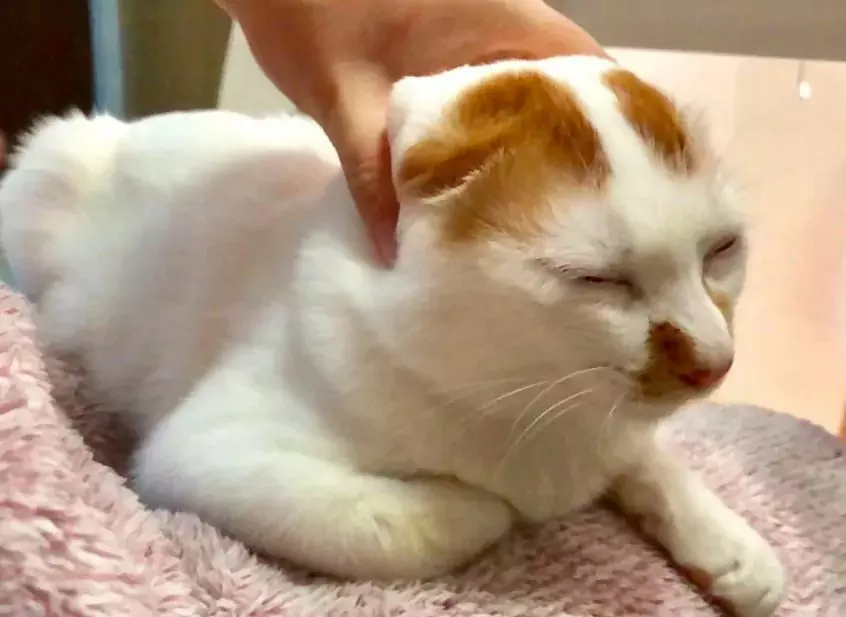
Why do cats sleep so much? How long do cats sleep in a day? Cats' sleep cycles, sleep habits, and dreaming
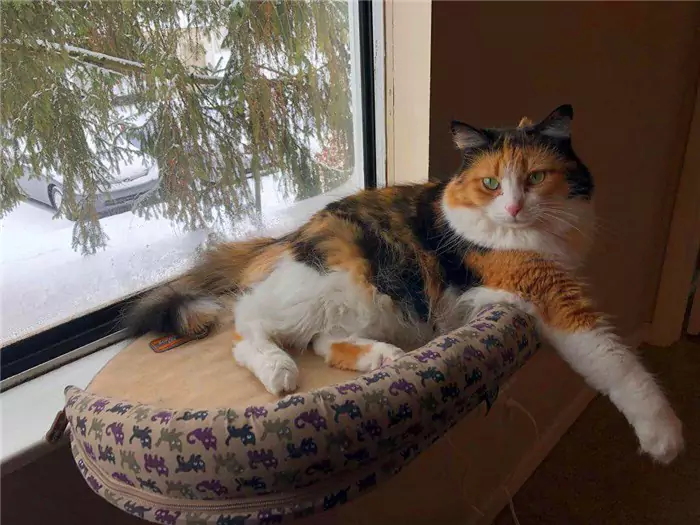
Why is my cat losing its hair?
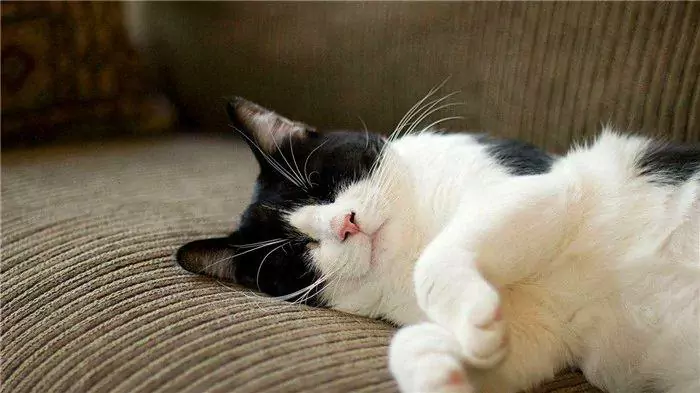
Why do cats purr?
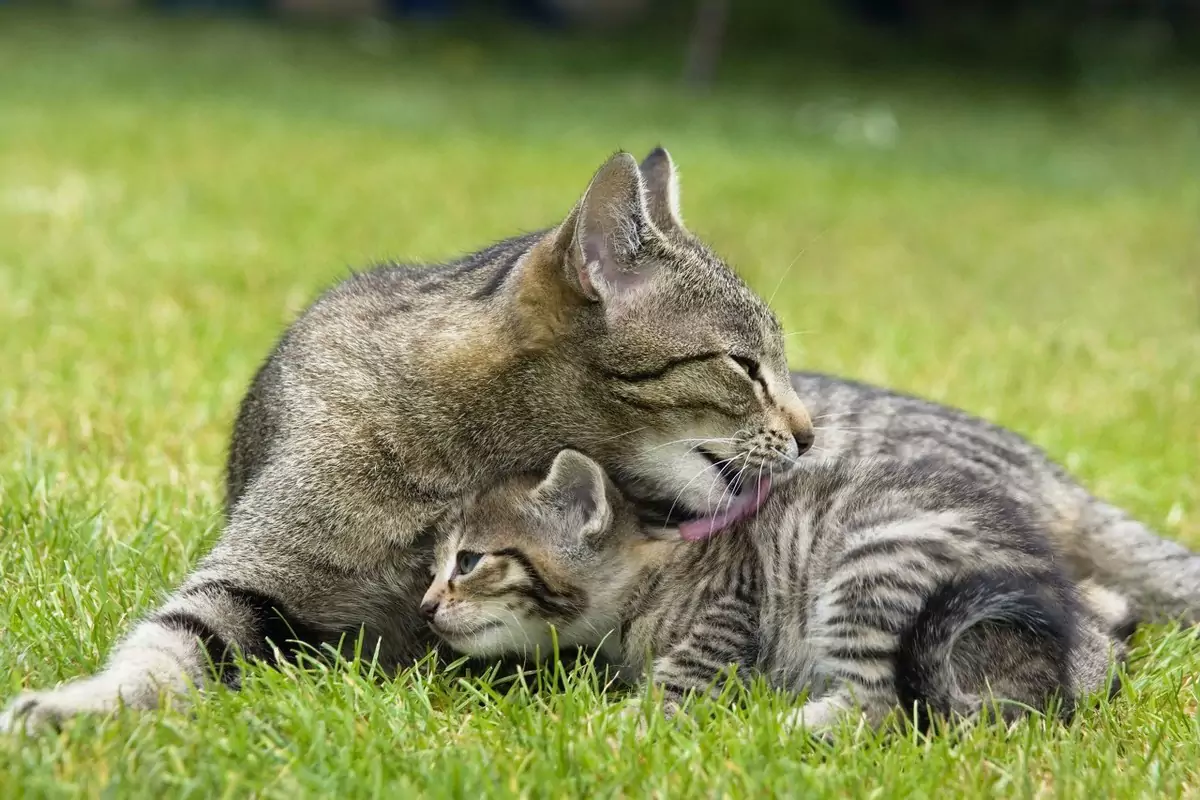
Why do cats groom each other?
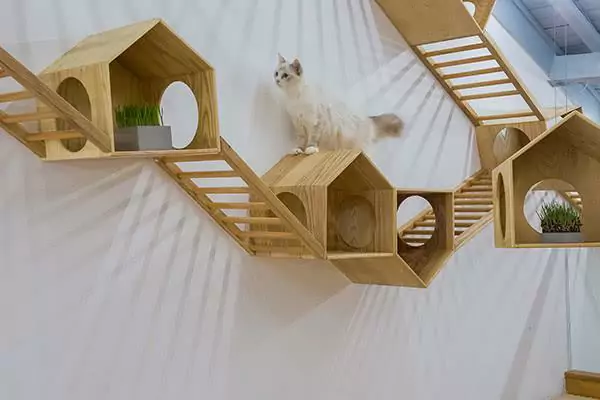
How long do cats live indoors? Do cats get lonely?
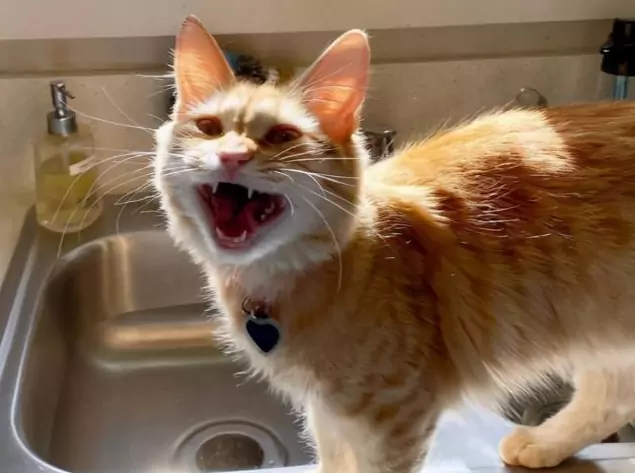
Why do cats make hissing noises? The origin of the hissing sound of cats
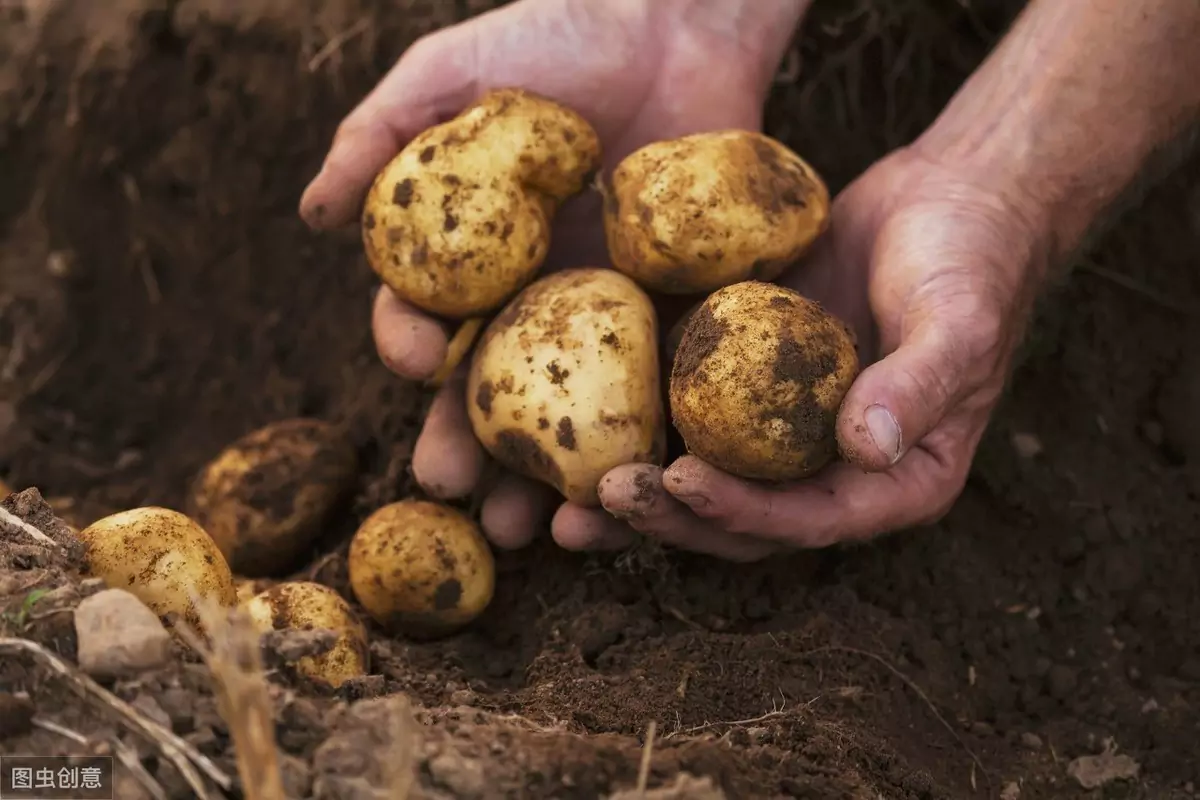
Are potatoes toxic to cats? What causes the onset of potato sprout poisoning in cats?
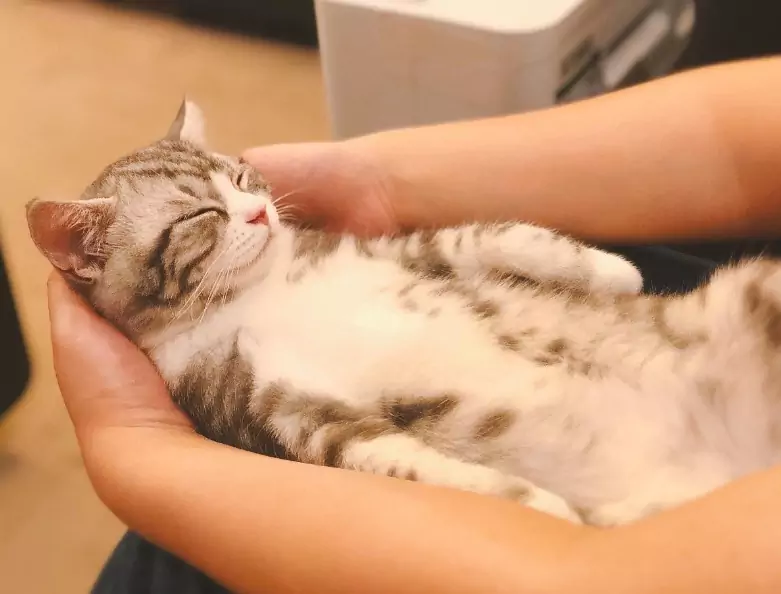
Why does my cat sleep on top of me? Reasons why cats like to sleep next to their owners
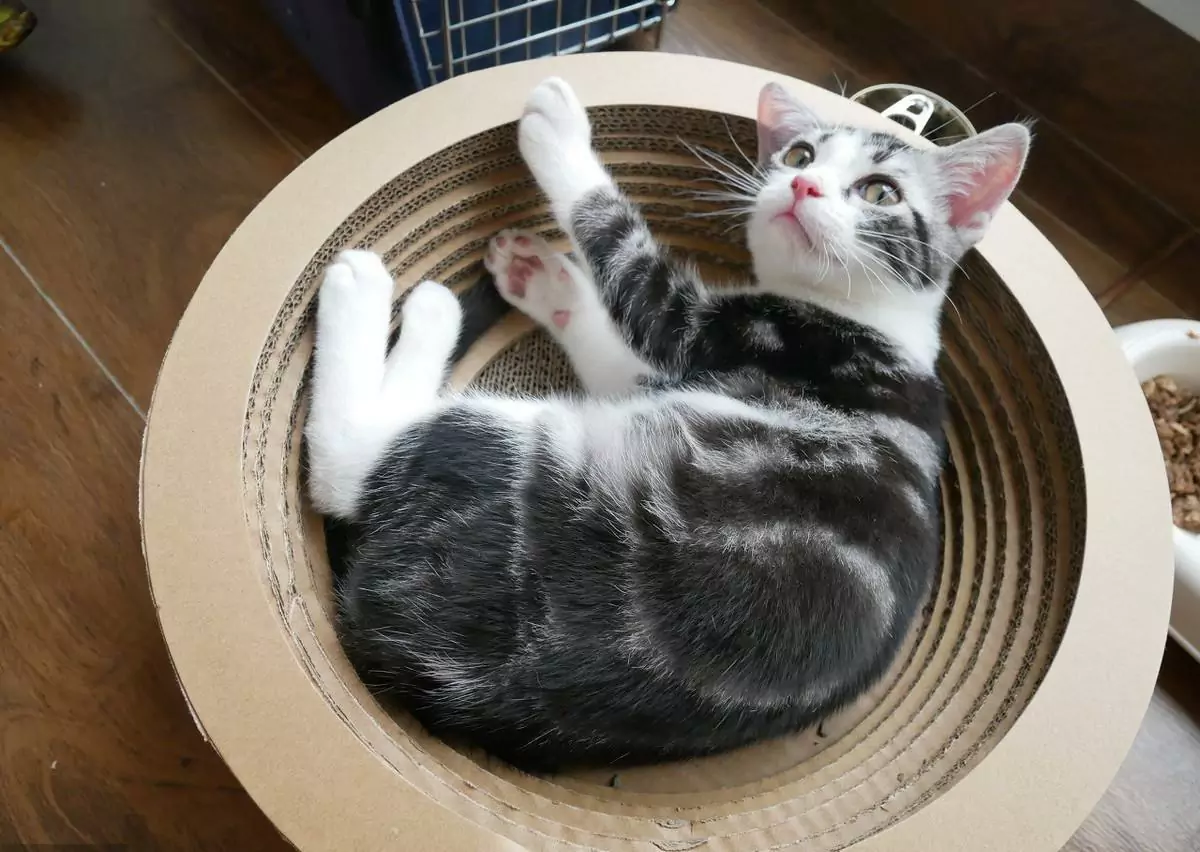
How do make cats like you? How to get cats to like us is quite simple
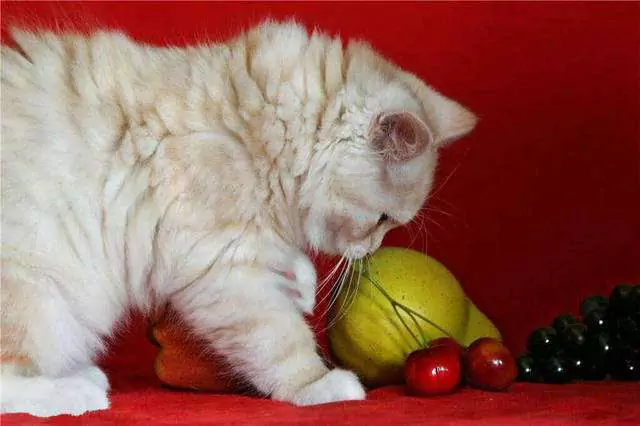
Can cats eat grapes? Why can't cats eat grapes?







